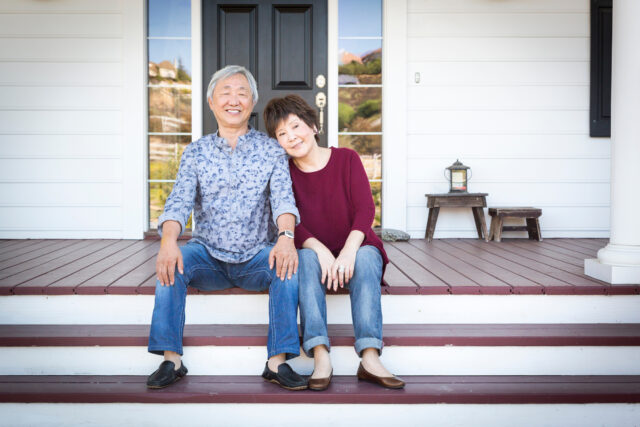
Intended Bequests and Housing Equity in Older Age
Abstract
This paper examines how homeownership evolves in old age and around the time of death, using detailed data from the Health and Retirement Study to assess the extent to which housing wealth held by older Americans might be used to complement Social Security in the provision of retirement income. Critical components of the analysis include the use of rich information on medical diagnoses, functional status, and bequest intentions in a competing-risks proportional hazard model of the likelihood of making a tenure transition out of homeownership, where death is the competing risk.
The paper found that:
- The age profile of homeownership falls to under 10 percent among the oldest old, which in past studies has been a sufficient statistic for life-cycle behavior.
- For a baseline sample of homeowners, roughly half transition to renting before death; the other half die as homeowners.
- Health shock and bequest intentions play important roles in explaining why the elderly fail to spend housing wealth via tenure transitions.
The policy implications of the findings are:
- Along with entitlements to Social Security and employer-provided pensions, housing is the most important asset in elderly portfolios, so that housing might supplement the retirement income of future retirees.
- The annual flow of housing bequests is about 4 percent of the aggregate housing value held by older Americans.
- About 80 percent of aggregate housing wealth of those 62 and older may be available to support consumption in retirement net of intended bequests.







